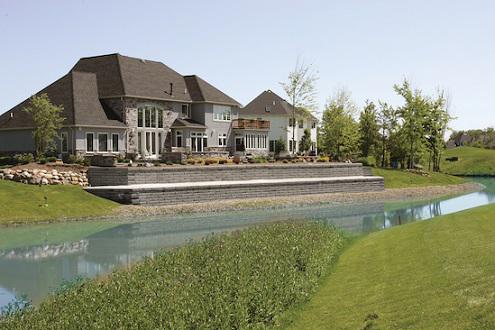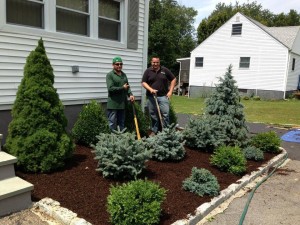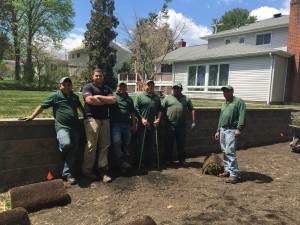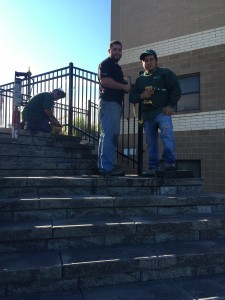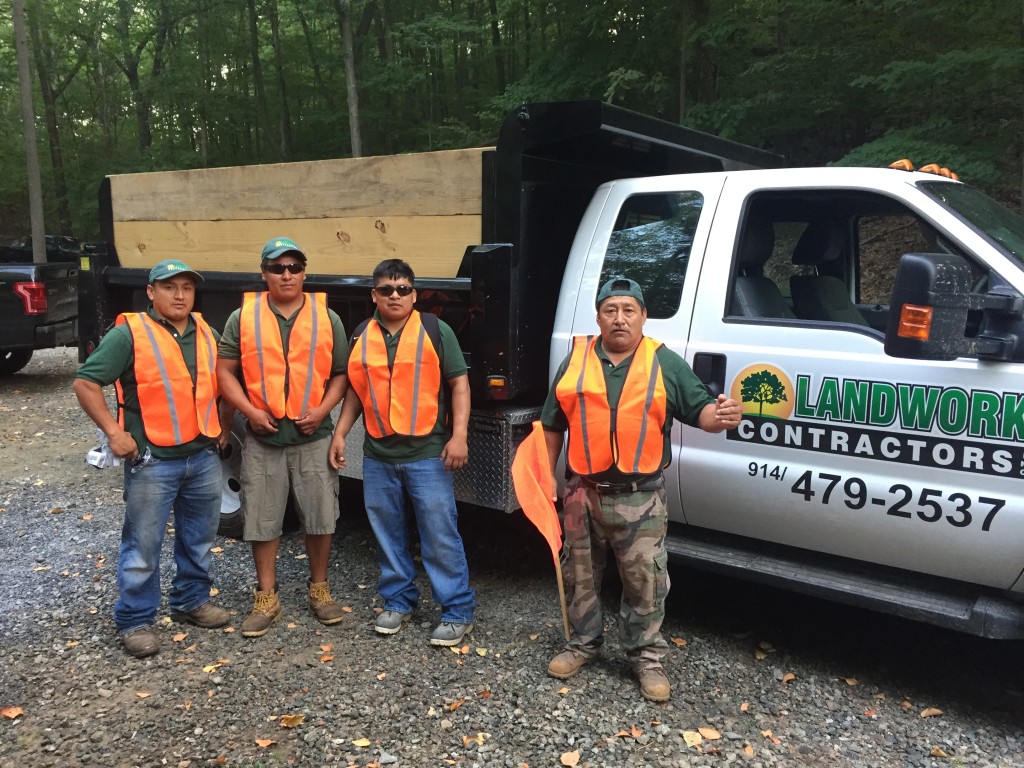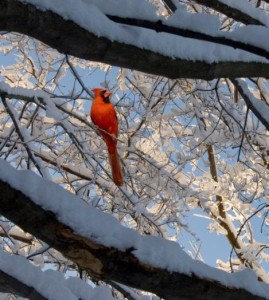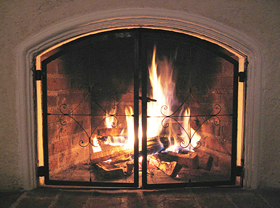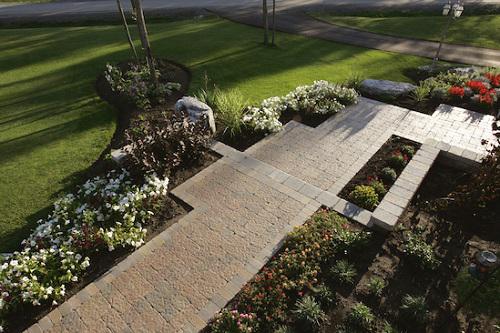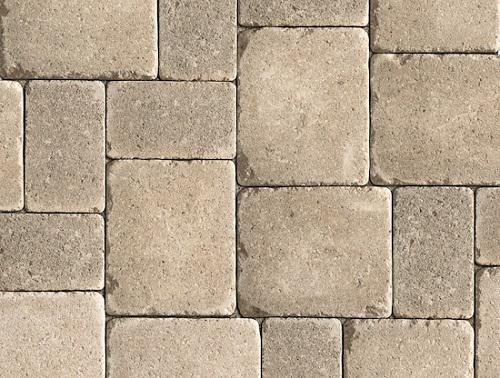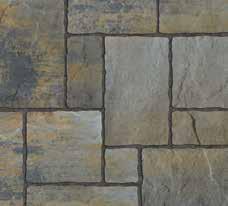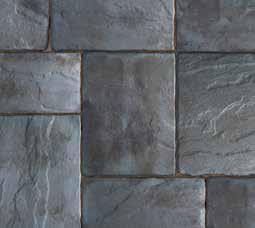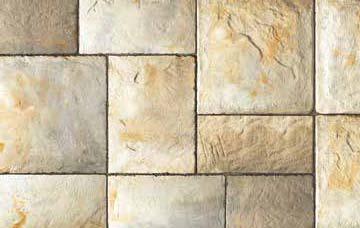Retaining walls are so common in the best landscape designs most people don’t realize how important they really are. Retaining walls are a major part of the dynamics of best practice construction. They’re also the keys to managing site land problems.
Retaining walls practical fundamentals
Retaining walls are used to manage soil movements on elevated land. In some cases, retaining walls are also used as structural features for managing issues caused by drainage, clay, or sandy soils. These soil structures are by nature very unstable.
A less well-known feature of retaining walls is that they also work to protect natural environments. Soils which are falling apart can quickly destroy natural trees and other plants. These soils, if uncontrolled, also lose nutrients very rapidly, and can turn in to a DIY desert unless the soil is stabilized.
If you’re dealing with a large property, these types of soil problems can become very serious. It’s no overstatement to say that they can literally destroy a property. Strategically placed retaining walls can save lots of expensive trouble with building foundations.
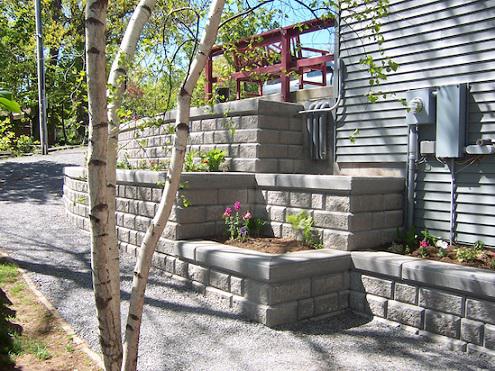
Retaining walls design principles
Retaining walls are also very useful as major design features. These walls are virtual design palettes, and they can be used as structures for a vast range of hardscaping features.
Retaining walls create visible levels in physical landscapes, and they create fantastic spaces design features in their own right. If you’ve ever seen some of the fabulous stone retaining walls in New York’s elite districts, you know how effective these retaining walls are as visual property features.
The “make or break” retaining wall landscape design issues
The “make or break” factor is a very big deal in landscaping design. It’s no coincidence that top landscapers are meticulous about using retaining walls as core design features. Retaining walls are the physical support beams, as well as the house walls of a landscaping design. This is the no-mistakes form of landscaping which is the gold standard for top of the line landscape design.
The big issue with retaining wall design is quality. Retaining walls made with top quality stone are top of the line, uncompromisingly good designs. They always look fantastic. The famous “cinder block” retaining walls you often see in parks and around stadiums (ideal for big areas) also blend in beautifully with any landscape.
Structurally the make or break issues are much more fundamental. The top quality retaining walls really do last forever. They also have a very positive effect on the landscape physically, and act exactly like natural rock formations. They complement the landscape design, and they grow in to the overall design.
If you take the time to check out some older retaining walls, you’ll notice that the trees and other plants in the area are usually well established and healthy. The grass is healthy, and the overall environment looks good. That’s how valuable retaining walls are to the overall health of the landscape.
If you’re thinking of using retaining walls on your property in the Westchester/ Dutchess/ Putnam counties area of New York, we can do it all for you. Give us a call, we’ll be happy to discuss your needs.
